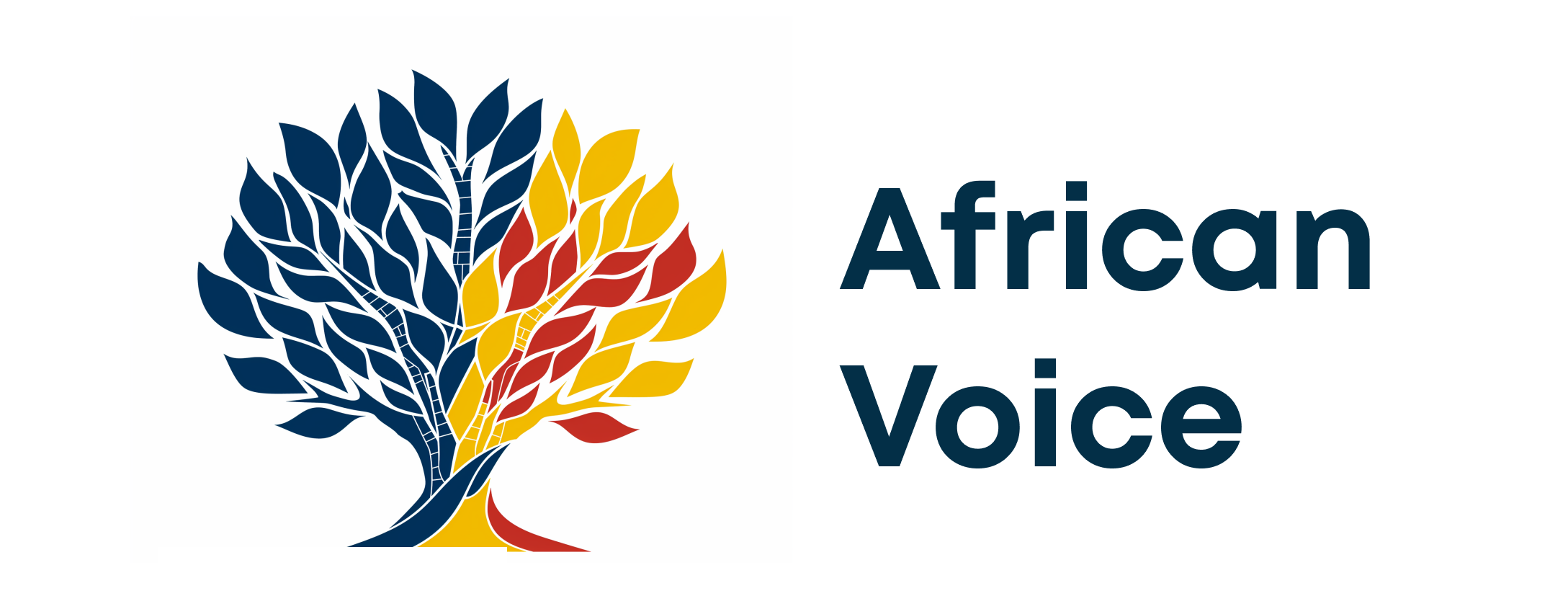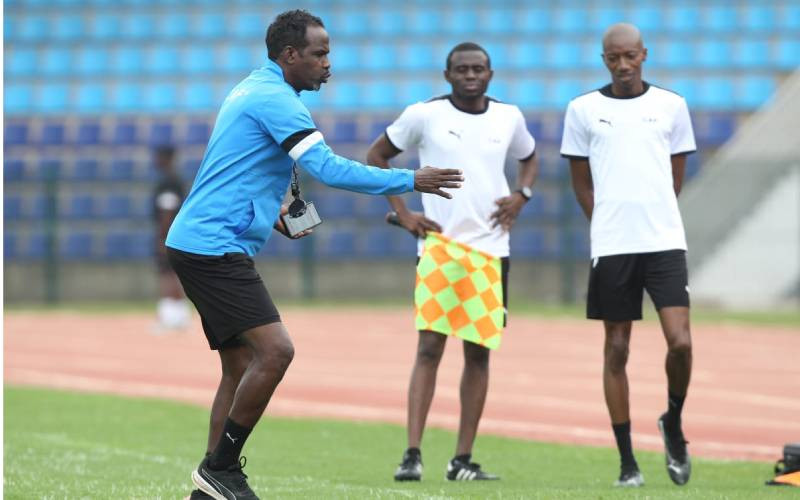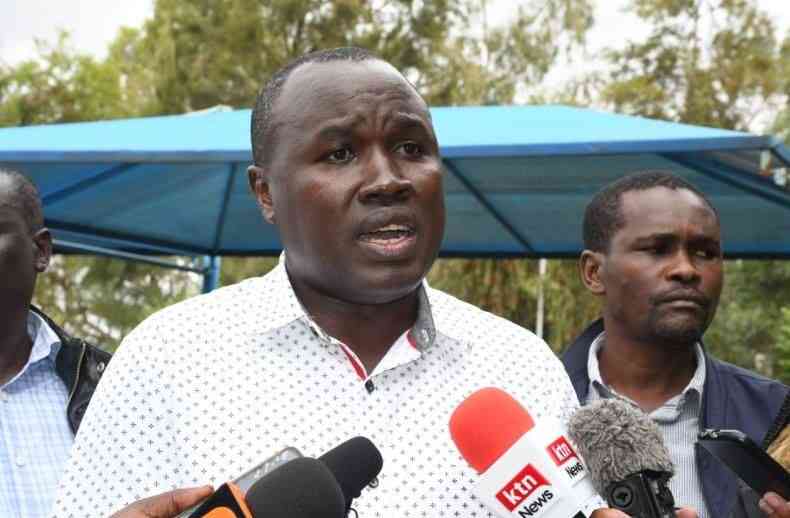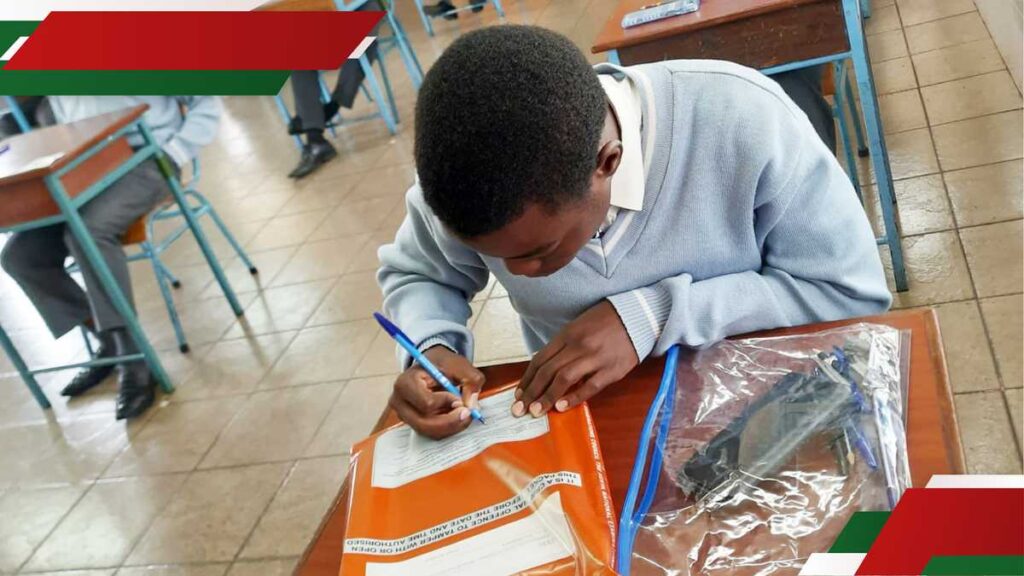Dennis*, 31, finds the idea of visiting a clinic for an HIV test unnecessary and intrusive. Despite having multiple girlfriends, he insists on using condoms and avoids partners he considers high risk.
“Testing for HIV has never crossed my mind. I use protection every time to protect myself,” he told The Standard.
Though reluctant to test, Dennis understands HIV transmission and treatment. “I have a daughter who is HIV negative. Maybe one day I’ll find the courage to test. But for now, I’m cautious about whom I sleep with because a positive result would be traumatic,” he said.
Similarly, Noah Otieno, a second-year student at Rongo University, avoids HIV testing despite multiple partners. “I don’t test for HIV, but always use condoms. Sometimes, when I have no condom and the urge is strong, I take the risk with partners I trust. I pray I never contract the virus; I want to finish school,” he said
Otieno, from Migori, has no clear reason for avoiding testing, a hesitation common among many Kenyan men. This reluctance contributes to lower testing rates, poor treatment adherence, and higher HIV-related deaths among men compared to women.
According to the National Syndemic Disease Control Council (NSDCC), at least 1.38 million Kenyans live with HIV. Men make up 35 per cent (487,710), while women account for 65 per cent (890,747). In 2023, Kenya recorded 20,480 Aids-related deaths, 8,490 men and 9,382 women, an increase from 18,473 deaths in 2022.
Dr Douglas Bosire, acting CEO of NSDCC, stressed that men and boys are key to ending new infections and deaths. “Globally, efforts have focused on empowering girls and women, but men have been left behind,” he said.
HIV testing among men remains low. Of 6.8 million Kenyans tested in 2023, only 1.8 million were men and boys. “Only three out of 10 who test are male. Without testing, they cannot access treatment,” Bosire lamented.
Treatment rates also differ: 95 per cent of women living with HIV are on treatment, compared to 91 per cent of men. This gap contributes to similar death rates despite women having more infections.
“While pandemics affect women more, men suffer worse outcomes,” Bosire noted.
Tuberculosis (TB) also disproportionately affects men. Of 90,000 new TB cases, 67 per cent were men and boys aged 22 to 40. Since 29 per cent of TB cases are linked to HIV, men face a heavier combined burden. Additionally, higher substance abuse rates among men contribute to risky behaviours, such as injecting drugs with contaminated needles.
To address this crisis, NSDCC and local leaders have launched a programme to involve men and boys in HIV prevention and care. The initiative will launch at the Boys and Men Summit 2025 today at Tambach Teachers College, Elgeyo Marakwet County.
The summit aims to raise awareness of HIV, gender-based violence, and teenage pregnancy; promote positive masculinity; challenge harmful norms; and secure men and boys’ commitment as health allies. Around 1,000 male champions, including people living with HIV, networks, and NGOs, will participate.
The male-focused strategy includes community dialogues led by elders from the Kalenjin Council, religious leaders, local champions, and boda boda associations. The goal is to address negative masculinity that discourages men from seeking care and promotes risky behaviours.
Stay informed. Subscribe to our newsletter
The programme targets counties previously overlooked in HIV programming, including Elgeyo Marakwet, Uasin Gishu, Nandi, West Pokot, Kericho, Baringo, and Trans Nzoia.

























